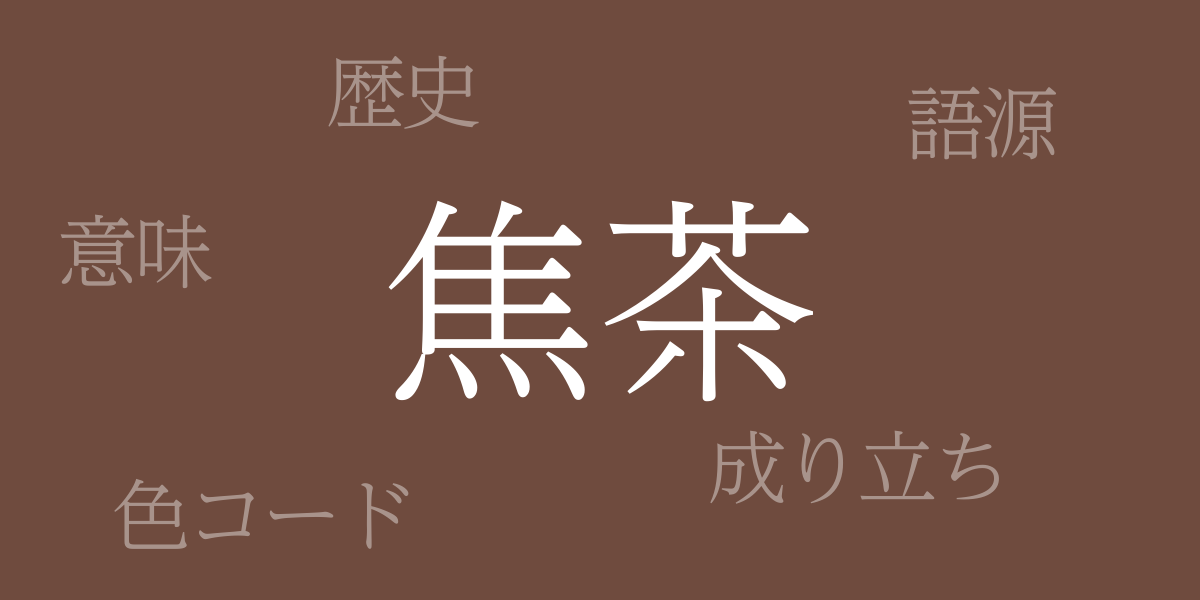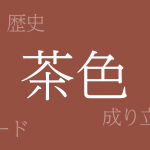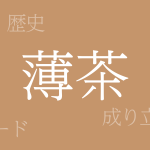Japanese traditional colors, renowned for their unique beauty, have captivated people worldwide. Among these, “Kogecha (焦茶 – こげちゃ),” known for its depth and serene ambiance, plays a significant role in Japanese culture, art, and fashion. This article delves into the allure of Kogecha, exploring its history, color codes, and international name.
About Kogecha (焦茶 – こげちゃ)
Kogecha (焦茶 – こげちゃ), literally meaning ‘burnt tea,’ is a dark brown shade with a hint of black. This color, reminiscent of Japanese nature and wood, provides warmth and an elegant impression, making it a popular choice for traditional crafts and kimonos. Its calm hues are also favored in modern interior and graphic design.
The History of Kogecha
Kogecha has been used in Japan since ancient times, recognized during the Nara period as the color of burnt wood and bamboo. By the Heian period, it was incorporated into the garments and furniture of nobility, and by the Edo period, it was popular among samurai and commoners alike, deeply ingrained in Japanese daily life and cherished across generations.
Color Code of Kogecha
In digital design and web production, accurate color codes for Kogecha are essential. Below are the codes representing Kogecha:
- HEX: #6F4B3E
- RGB: R:111 G:75 B:62
- CMYK: C:58 M:72 Y:75 K:23
International Name for Kogecha
The Western equivalents for Kogecha include “Dark Brown” and “Bistre.” These names are commonly used in Western art and design, referring to a deep brown similar to Japan’s Kogecha. These international names are useful in global projects and communication.
Conclusion on Kogecha
With its historical significance and deep hue, Kogecha is emblematic of Japanese culture. Used traditionally and in modern design, this color vividly reflects Japanese aesthetics. In the digital age, knowing its color codes allows Kogecha to be shared and appreciated globally, ensuring its continued adoration for its tranquil beauty.

























